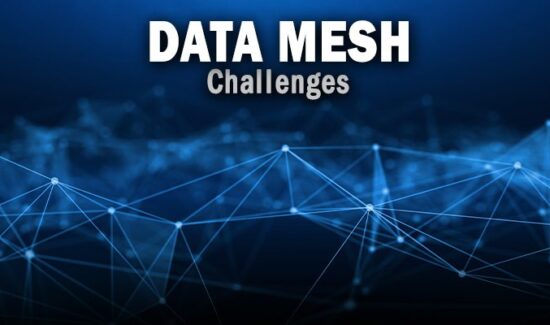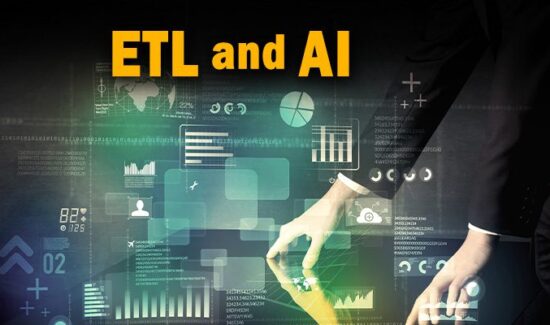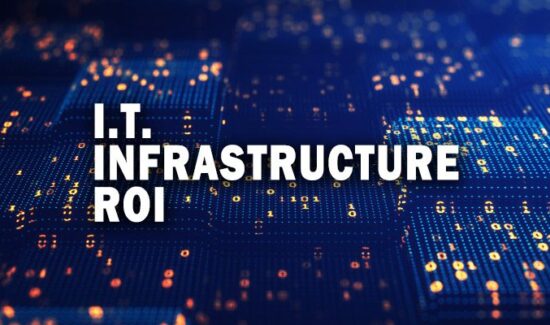Don’t Let Your Data Unification Turn into a Data Breach

But despite its necessity, data unification comes with inherent security concerns.
Without robust data privacy and security practices in place, even the most advanced data unification strategies fall short — just consider that organizations providing full, unmanaged access to their enterprise data are four times more likely to experience a data breach compared to companies that have implemented necessary access controls.
If organizations aren’t careful, they’ll find themselves knee deep in stressful (and costly) data breaches and compliance violations rather than gaining actionable insights, newfound value and functionality from their data operations.
Fortunately, data unification and security don’t need to be at odds. In fact, these two endeavors complement one another when organizations establish a smart strategy and best practices for data management that will support their entire enterprise data operations.
Why Common Data Methods Fall Short on Security
Until recently, many organizations relied on manual processes to move data between systems and platforms — a cumbersome, time-consuming, and error-prone process.
But manual efforts couldn’t (and still can’t) handle the scale and complexity of exponentially expanding data volumes. In response, many organizations turned to ETL (Extract, Transform, Load) pipelines, which automatically facilitate data replication from the source. Then, ETL pipelines transform this data into a consistent format and load information into a target system or data warehouse.
Although ETL pipelines are a step in the right direction, organizations gathering data from multiple sources still face significant challenges in terms of maintaining that data’s integrity, compliance, and security measures.
Why? By enabling the replication, transfer, and storage of large datasets across multiple locations, ETL pipelines increase the risk of unauthorized access and data leakage, meaning data can be unintentionally exposed, transferred to unintended destinations, or accessed by unauthorized entities. In addition, organizations may hold on to data longer than necessary or leave information behind in unused or insecure locations. These types of errors and inconsistencies at any point in the data unification process impact accuracy and reliability.
Security concerns of this nature are especially problematic in highly regulated industries. Financial services organizations, for example, face strict compliance and privacy regulations that require tight control over access to data. Companies that use ETL pipelines to transfer data to warehouses face significant hurdles when it comes to the cost and complexity of replicating required security measures over time.
Unfortunately, these problems are commonplace for all types of companies. In fact, less than four in 10 companies today have high levels of confidence in their ability to secure data in the cloud. It does no good to unify your data at the expense of security.
Three Steps to Integrate Security into Your Data Unification Plan
Real-time data connectivity platforms offer another approach to connect, integrate and unify data — empowering teams across the organization to seamlessly connect to data sources, obtain the most up-to-date information and insights, and optimize decision-making. But for these efforts to work, they must be paired with robust security measures.
By incorporating the following principles — accountability, access, and awareness — you can strengthen your data security and support an effective data unification strategy.
Accountability
Accountability plays a critical role in monitoring and maintaining your data security. By implementing accountability measures — including routine security audits, testing, and real-time monitoring — your organization can track who accesses what data, where it’s accessed from, and how it’s used.
These proactive measures enable you to assess security practices and effectiveness, identify vulnerabilities, and make improvements along the way. Likewise, accountability efforts provide a higher level of standardization and greater visibility into data privacy and security measures. These insights reinforce consistent adherence to security protocols and facilitate centralized data governance — and offer a window to intervene when change is required.
Accountability practices also ensure your organization remains compliant with evolving security rules and regulations, such as GDPR or industry-specific requirements like HIPAA. As a result, you avoid data breaches and security incidents, as well as penalties and fines for compliance violations.
Awareness
Human error is to blame for more than 80 percent of data breaches. That’s why ongoing security training and awareness are essential steps to ensure your employees stay well-informed about changing data privacy and security best practices, keeping your organization agile and highly responsive to changes in the security landscape.
Regular security training programs transform your workforce from a security liability to an asset, empowering employees to make informed decisions, adhere
to security protocols, and identify and prevent threats before they materialize. By raising awareness about data security, you reduce the risk of accidental data breaches and promote a culture of security consciousness.
Access
Real-time access is crucial to ensuring the security of your data unification processes. By providing immediate access to data directly from the source without delays, real-time data platforms eliminate the need to replicate and physically move your datasets. This enhances operational efficiency and reduces the risk of data becoming outdated or compromised during the replication process.
Real-time access also enables you to monitor data movement and access controls at a moment’s notice, facilitating numerous security best practices including:
- Robust authentication and authorization mechanisms like role-based permissions and other access controls enforce data security and prevent unauthorized access across your enterprise.
- Encryption, data anonymization, and secure file transfer methods protect your data during transit — and safeguard it from interception or tampering.
- Audit trails track and protect sensitive information, while real-time monitoring and alerts for anomalies enable prompt detection and response to potential security incidents.
As enterprise data continues to expand, it’s no surprise 68 percent of business leaders feel their cybersecurity risks are increasing. But you don’t need to fall into that category. By adopting modern data connectivity platforms and prioritizing strong data governance and security practices integrated throughout your data unification strategy, your organization is empowered to realize the full potential of your data — and, most importantly, to unify and protect enterprise data without sacrificing one for the other.
- Don’t Let Your Data Unification Turn into a Data Breach - June 30, 2023



















